The building of OUTPOST - Casa das Arribas was designed and planned in the 1940ies by re-known Portuguese architect Raul Lino (1879-1974). He is one of the most distinguished Portuguese architects of the 20th century, responsible for many land mark buildings in Lisbon and in the Sintra / Cascais region. While disregarding some contemporary design trends of the early 20th century, he was ahead of his time in putting great importance on the use of sustainable and local materials as well as the integration of buildings in the surrounding landscape.
His work was influenced by the dreamy ‘landscape of castles’ in the Sintra region and evolved around his theory of the ‘Casa Portuguesa’, an idealized concept of Portuguese residential architecture, planning, and lifestyle.
We introduce 10 of our favorite buildings by Raul Lino in this blog post.
1 Casa Branca, Azenhas do Mar


One of Raul Lino’s most famous works is in direct neighborhood of OUTPOST - Casa das Arribas: Casa Branca (originally called Casita à Beira-mar, 'little house by the sea'), an iconic building directly on the cliffs outside the fishing village of Azenhas do Mar. Raul Lino built it for himself and his family as a summer house. Until today it has remained property of the family and in the original state without being connected to the power grid or the city’s water system.
2 Casa de Santa Maria, Cascais


Casa de Santa Maria is a grand mansion on a prime coastline location in Cascais. It was constructed in 1902 by an Irish tobacco tycoon as a wedding gift to his daughter. He commissioned architect Raul Lino to design Casa de Santa Maria with the restriction to use only materials from Portugal. The style is influenced by Moorish elements, which had shaped many of Portugal's finest buildings. The Arabic influence is most prominent inside the building with horse shoe arches connecting the central rooms.
The estate was acquired and extended by Raul Linos brother Jose. In 1934 the Espírito Santo family bought the property and received famous visitors including US president Richard Nixon. Since 2004 the property is owned by the City of Cascais. It’s a museum displaying a rich collection of printed tiles and paintings.
3 Casa do Cipreste, Sintra

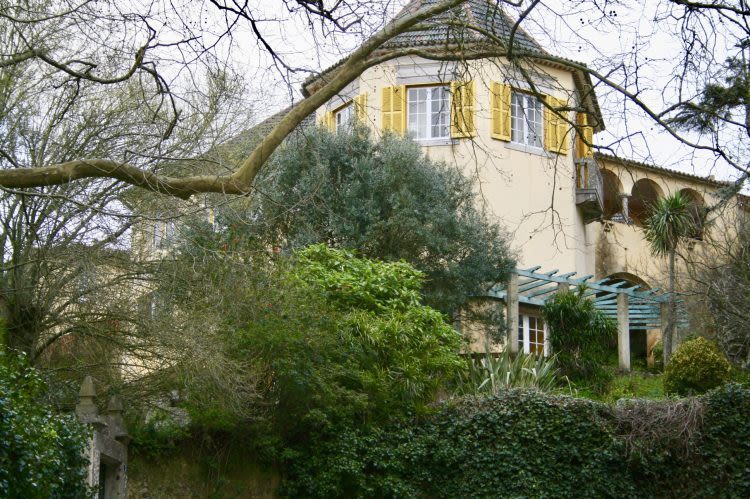
Built between 1912 and 1914 on the spot where his father's house stood before, this was Raul Lino's residence. It is sometimes considered his best work, for how the house is built on a rock top with 5 floors. It is especially harmonious how the house relates with the landscape, the slope of the terrain and the views. It's no coincidence that the only other building visible from Casa do Cipreste is the Sintra Palace.
4 Teatro Tivolo, Lisbon

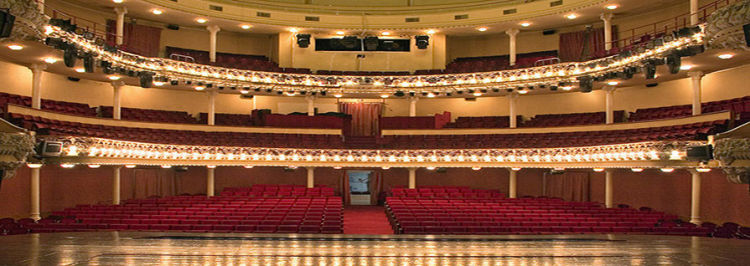
The Tivoli theater in Avenida da Liberdade in the center of Lisbon opened its doors in 1924. It was initiated and built by Federico de Lima Mayer (also the original owner of Casa das Arribas in Azenhas do Mar, see number 5 of this list).
The theater was build as the first cinema in Lisbon when the seventh art form had its break through. However it was always designed as a multi-functional venue also suitable for concerts and other events. Its neoclassical style, with its accentuated shapes and dome-shaped cover with black tiles, lent it the personality of the French theaters, giving Av. Da Liberdade a taste of the Parisian boulevard. In 1997, seventy-three years after its inauguration, it was classified Property of Public Interest.
It is now owned and operated by UAU, a national show producer, you can check the schedule here.
5 Casa das Arribas, Azenhas do Mar


The estate of Casa das Arribas was built in the 1940ies for the Mayer Lima family, the same family that commissioned Raul Lino to build the Tivoli Teatro, Lisbon’s first cinema (see number 4 of this list). The house with a vast romantic garden stands right on the cliffs just outside Azenhas do Mar.
In 2018 the building was acquired by OUTPOST and carefully renovated while respecting the Raul Lino’s heritage and the facade of the building. With minimal invasion several spacious apartments were created and kitchens and bathrooms were upgraded to modern luxury standards. The original style was preserved and combined with some lighter and more contemporary design elements. The property now houses six holiday apartments, which can be viewed here: https://www.outpost.pt/apartments/
6 Casa do Patudos, Alpiarça

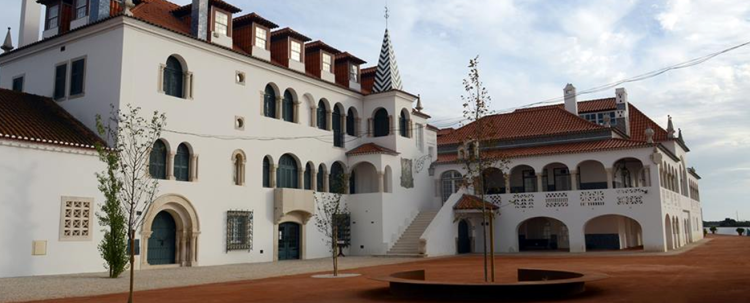
This enormous country house was built between 1905 and 1909 by Raul Lino for Jose Relvas, the republican politician who proclaimed the republic from the balcony of the Municipal Chamber of Lisbon on 5 October 1910 and subsequently served as finance minister in the provisional government of Teófilo Braga. Jose Relvas bequeathed the estate of Casa do Patudos and practically all his other assets to the municipality of Alpiarça by testament. According to his will the building was converted into a museum, where his art and furniture collection is exhibited.
7 Casa dos Penedos, Sintra

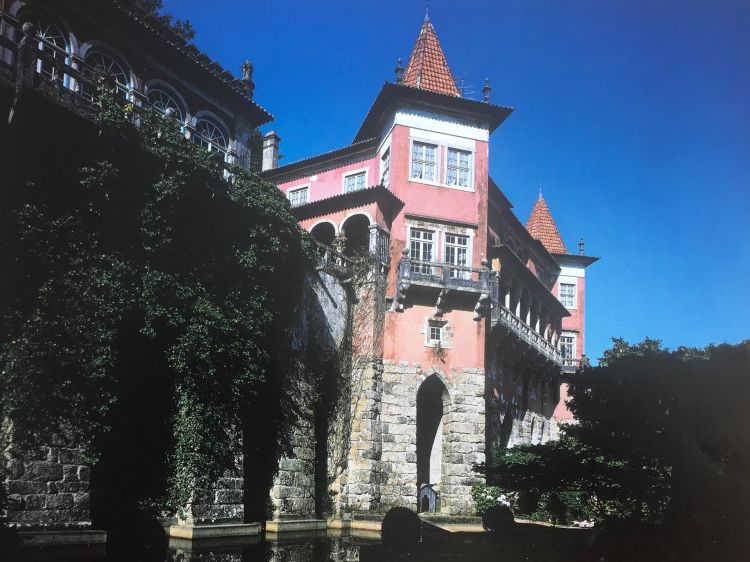
This mansion was built in 1922 as a summer palace for a Lisbon financier, a repeated client of Raul Lino. The steep slope of the terrain on a hillside in Sintra posed an immense challenge and dictated the layout of the construction. Inside it's the great quality of natural materials such as as wood, stone and marbles, the use of natural light and the hand-painted tile panels that make this palace an exceptional aristocratic residence.
8 Casa Monsalvat, Estoril

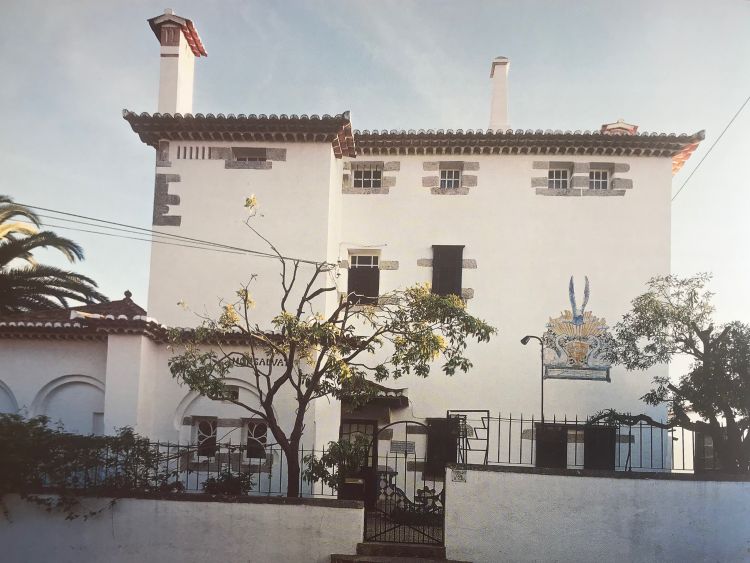
Casa Monsalvat is considered Raul Lino’s first "Moroccan house". It was built 1901 on the top of Monte Palmela for Raul Lino’s friend and musician Alexandre Rey Colaço. The Moorish style is very visible in several details of decoration and architecture of this project.
In the 2010 the house was classified as a "monument of public interest" by the Ministry of Culture to recognize the value of the artistic and architectural heritage of the first half of the 20th century in Portugal. The distinction also serves as an appreciation of the contribution of the architect Raul Lino to Portuguese architecture of the twentieth century.
9 Torre de S. Patrício, Estoril

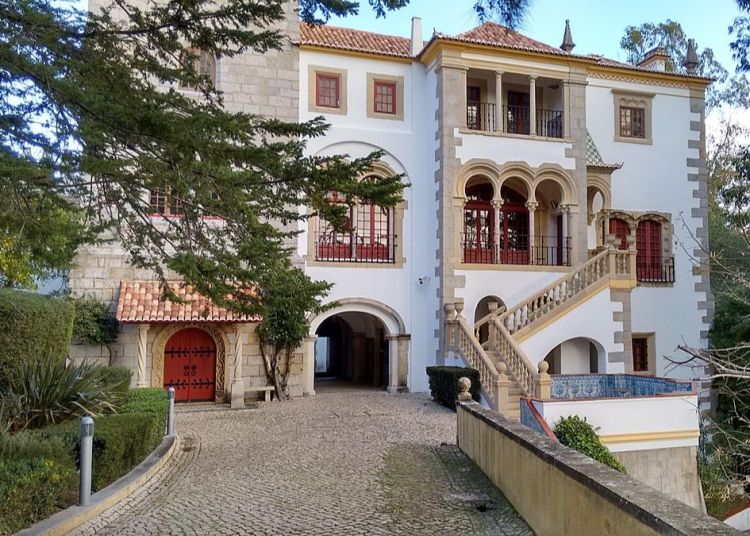
The current Museu da Música Portuguesa is a palace of late romanticism, commanded to be built by Jorge O'Neill, titular and official head of the Clanaboy O'Neill dynasty, whose family has been in Portugal since the 18th century. The design by Raul Lino presents a dynamic between interior and exterior, between light and shadow. It combines elements of Arabian revivalism in its horseshoe arches and the courtyards, with with a neo-medieval tower. Nowadays the museum houses the estate of the composer Fernando Lopes-Graça and the collection of musical and ethnographic instruments of Michel Giacometti. The building was also classified as a "monument of public interest" in 2010.
10 Casa Victor Schalk

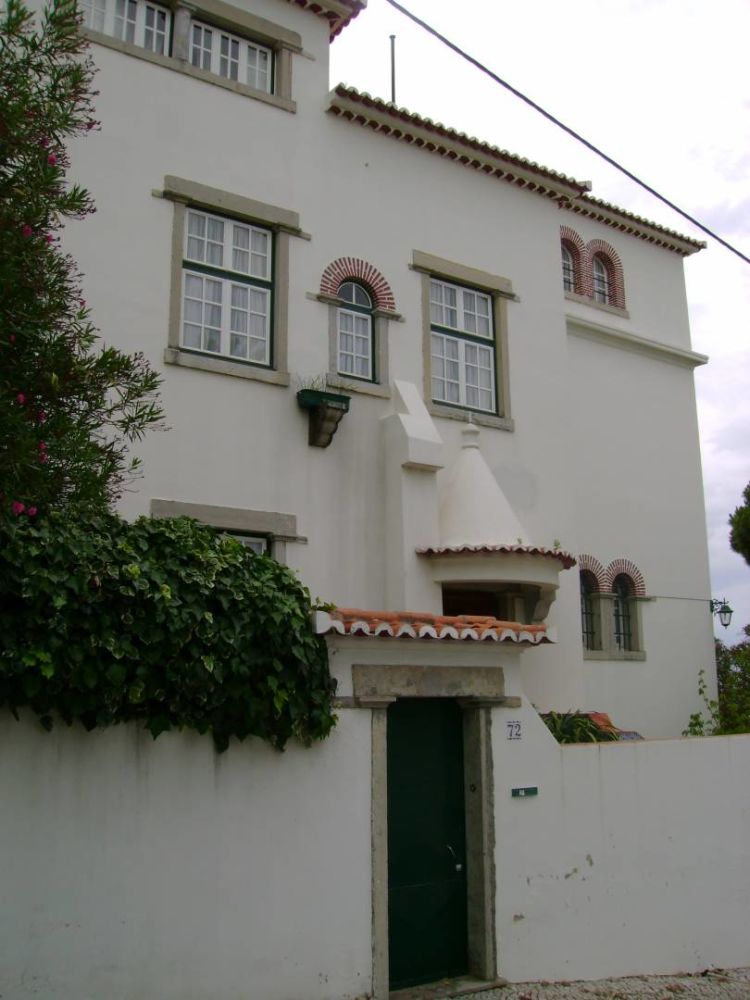
Designed by Raul Lino in 1915, its construction would only be completed in 1924. It repeats some of the dominant aesthetics of the Casa Monsalvat, which is located in the the same neighborhood, Casa Monsalvat, in particular the large south-facing octagonal room. The building was also classified as a "monument of public interest" in 2010.
